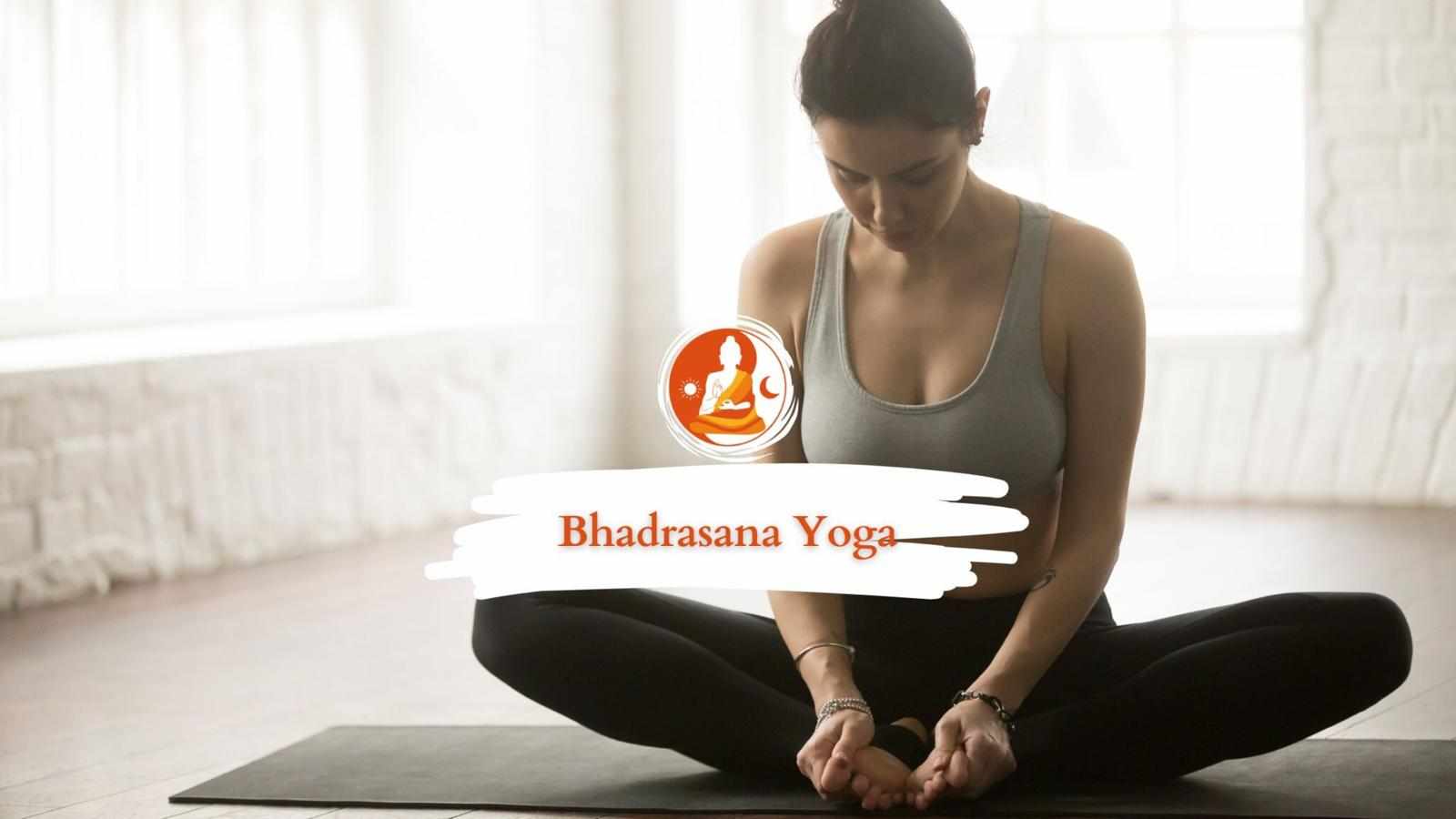
How to Get Yoga Alliance Certification: A Comprehensive Guide
Becoming a certified yoga teacher through Yoga Alliance is a transformative and exciting step in your yoga journey. Whether you're passionate about deepening your practice or want to share the teachings of yoga with others, understanding how to get Yoga Alliance certification is essential. Yoga Alliance is the leading international nonprofit organization that sets standards for yoga teacher training and supports yoga professionals globally. In this guide, we’ll explore the key steps involved in how to get Yoga Alliance certification and how to start teaching yoga with confidence.
What is Yoga Alliance Certification?
Yoga Alliance certification is a credential that signifies you have completed an accredited yoga teacher training program that meets global standards for teaching and practicing yoga. By becoming a Registered Yoga Teacher (RYT), you gain access to a professional network, potential teaching opportunities, and a mark of credibility within the yoga community. The most common entry-level certification is the 200-hour training, which is designed to provide a strong foundation in yoga.
Step 1: Choose an Accredited Yoga Teacher Training Program
The first step in how to get Yoga Alliance certification is to enroll in a Yoga Alliance-accredited yoga teacher training program (RYS—Registered Yoga School). These programs are designed to meet Yoga Alliance's educational standards and will prepare you to teach yoga effectively and safely. When choosing a program, consider the following factors:
Accreditation: Ensure that the training program is registered with Yoga Alliance. This ensures that the program meets the organization’s rigorous standards.
Yoga Style: Programs may focus on different styles of yoga such as Hatha, Vinyasa, Ashtanga, or Iyengar. Choose a style that aligns with your interests and teaching goals.
Location and Format: Decide whether you prefer an in-person, immersive training or an online course. Many programs now offer flexible options.
Duration: A typical foundational program for Yoga Alliance certification is 200 hours, but you may also find longer programs (300-hour or 500-hour certifications).
Instructor Credentials: Research the qualifications of the lead instructors and the reputation of the school to ensure you're learning from experienced and knowledgeable teachers.
Step 2: Complete Your Yoga Teacher Training Program
Once you’ve chosen your training program, the next step is to complete the course. A 200-hour Yoga Alliance certification program will cover several core areas:
Asana (Physical Postures): You'll learn yoga poses, alignment, modifications, and how to sequence classes.
Pranayama (Breathing Techniques): Understand the role of breath in yoga and how to guide students through breathing exercises.
Anatomy and Physiology: Learn about the human body, the effects of yoga on different systems, and how to prevent injury.
Yoga Philosophy and Ethics: Explore the history, philosophy, and ethical principles of yoga, including the Yoga Sutras of Patanjali.
Teaching Methodology: Gain the skills needed to teach effectively, including how to cue students, offer adjustments, and create a positive, inclusive learning environment.
During your training, you'll be required to teach practice classes, receive feedback, and engage in self-reflection. Some programs may also include mentorship or opportunities to observe experienced teachers.
Step 3: Apply for Yoga Alliance Certification
After completing your teacher training, you’re ready to apply for Yoga Alliance certification. This process is straightforward and done online through the Yoga Alliance website. Here's what you'll need to do:
Complete the Online Application: Submit an online application form on the Yoga Alliance website. The form will ask for details about your training program, including the name of your school, the course dates, and your instructors' credentials.
Provide Proof of Completion: You’ll need to upload your certification of completion from the training program, which shows you’ve met the 200-hour requirement (or higher, if applicable).
Yoga Alliance Membership: To register, you’ll need to become a Yoga Alliance member. The membership provides access to additional benefits, such as professional resources, insurance options, and discounts for continuing education.
Pay the Application Fee: Once you’ve completed the application, there’s an associated fee that varies based on your membership type.
Upon approval, Yoga Alliance will confirm your certification and provide you with your RYT (Registered Yoga Teacher) credential. You can now officially teach yoga under the Yoga Alliance umbrella.
Step 4: Maintain Your Yoga Alliance Certification
Once you’ve earned your Yoga Alliance certification, it’s important to maintain it over time. To keep your certification active, you’ll need to:
Complete Continuing Education: Yoga Alliance requires you to complete a certain number of Continuing Education Units (CEUs) every three years. These can be obtained through workshops, advanced teacher training, or self-study.
Pay Renewal Fees: Every three years, you’ll need to renew your certification by paying a renewal fee to Yoga Alliance.
Stay Up-to-Date with Standards: Yoga Alliance may update their standards or educational requirements. It’s important to stay informed and meet these updated requirements to maintain your RYT status.
Step 5: Explore Advanced Certification Options
Once you’re certified as a 200-hour RYT, you may decide to further deepen your knowledge and expand your teaching skills. You can do this by enrolling in additional training programs, such as:
300-Hour Certification: After completing your 200-hour training, a 300-hour program can deepen your expertise and help you earn a 500-hour RYT certification.
Specialized Certifications: Yoga Alliance offers specialized certifications for teaching certain populations, such as prenatal yoga (RPYT), children's yoga (RCYT), and yoga for trauma recovery.
Advanced Teacher Training: Many teachers choose to continue their education with workshops and specialized courses that focus on specific areas of yoga practice, such as meditation, restorative yoga, or yoga therapy.
Conclusion
Now that you know how to get Yoga Alliance certification, you can begin your path to becoming a certified yoga teacher. By choosing a high-quality teacher training program, completing the necessary coursework, and registering with Yoga Alliance, you’ll be on your way to teaching yoga professionally. Keep in mind that Yoga Alliance certification is just the beginning. As a yoga teacher, your journey of learning, self-growth, and teaching will continue to evolve.
Whether you’re teaching yoga full-time or part-time, Yoga Alliance certification gives you credibility, access to a worldwide network of yoga professionals, and the opportunity to inspire others through the practice of yoga. So, take the next step in your yoga journey—become certified, share your passion, and make a positive impact on your students' lives














Write a comment ...